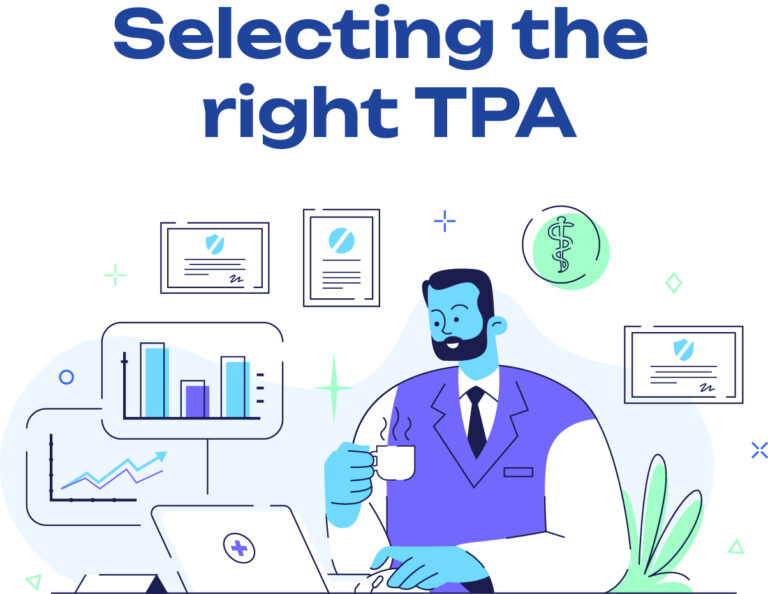In boardrooms and leadership meetings across the country, the conversation around employee benefits often starts in the same place: cost. Health premiums. Renewal increases. Utilization spikes. But framing benefits solely as a financial liability misses the larger opportunity—a powerful tool for shaping workforce health, loyalty, and long-term organizational resilience.
For tribal enterprises, local governments, and mid-market employers alike, the strategic value of a well-built employee benefits program has never been higher. As the lines between business operations, talent strategy, and community health continue to blur, it’s time for employers to reframe how they think about risk and rethink how they invest in their people.
The False Divide: Cost Center vs. Strategic Asset
Too many employers treat benefits like a line item to manage, not a platform to leverage. That approach leads to short-term decisions—buying down benefits, raising deductibles, or shopping the market every year for marginal savings.
Meanwhile, hidden costs pile up:
- Increased turnover from poor engagement
- Lost productivity due to unmanaged chronic illness
- Rising workers’ comp claims from untreated physical health conditions
- Legal exposure from compliance oversights
The smarter move? Treat employee health and benefits as a proactive risk management strategy—one that not only lowers volatility but also increases long-term organizational stability.
Workforce Risk Isn’t Just Operational—It’s Human
If the pandemic taught us anything, it’s that the well-being of the workforce is directly tied to the health of the business. When employees are mentally and physically well, they:
- Show up more consistently
- Engage more deeply
- Cost less to insure
- Stay longer
But when care is unaffordable, benefits are confusing, or support is missing altogether, the effects ripple across every part of the organization.
In today’s environment, benefits are one of the most influential tools you have to manage operational risk.
Three Ways to Turn Benefits into a Business Advantage
1. Design for Impact, Not Just Benchmarking
Stop building your plan to match what your peers are doing. Instead, build it to address what your people actually need. That might include:
- Lower out-of-pocket costs for preventive care
- Employer-funded disability coverage or mental health benefits
- Tiered plan structures that serve both salaried and hourly workers
The best benefits plans aren’t the richest—they’re the most relevant.
2. Integrate Benefits Strategy with Workforce Strategy
Benefits shouldn’t live in a silo. Your HR, finance, and operations teams should align on:
- Who are our most at-risk employee segments?
- What benefits drive the highest engagement and ROI?
- How do we build loyalty without breaking the bank?
By integrating benefits planning into broader business strategy, employers gain visibility into workforce needs before they become pain points.
3. Partner with a Broker That Thinks Like a Consultant
Not all brokers are built the same. The days of transactional quote shopping are fading. Today’s employers need partners who:
- Understand compliance and risk exposure
- Bring solutions that fit complex verticals like tribal governance or public entities
- Provide actionable data—not just reporting
- Help manage both benefits cost and benefit value
At Atria, we specialize in exactly that.
From Benefits Burden to Benefits Advantage
When benefits are viewed as a burden, cost control becomes the only goal. But when viewed as a strategic lever, they become a tool for:
- Enhancing employee well-being
- Mitigating operational risk
- Attracting and retaining mission-critical talent
- Building a values-aligned employer brand
Whether you’re a tribal enterprise building long-term economic resilience, a municipality managing a diverse workforce, or a private-sector employer looking to do more with less—rethinking your benefits strategy is one of the most powerful moves you can make in 2025.
Ready to Reframe Your Risk?
Atria merges world-class brokerage capabilities with deep consulting insight across the industries we serve. Let’s build a benefits strategy that delivers more than cost control—it delivers results.
Contact Atria today to start the conversation.






